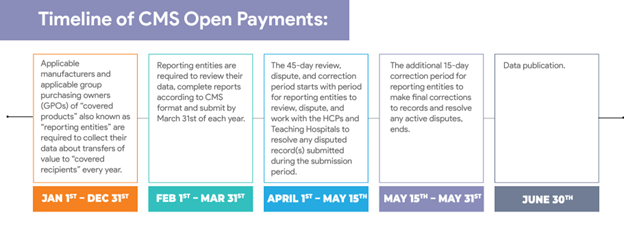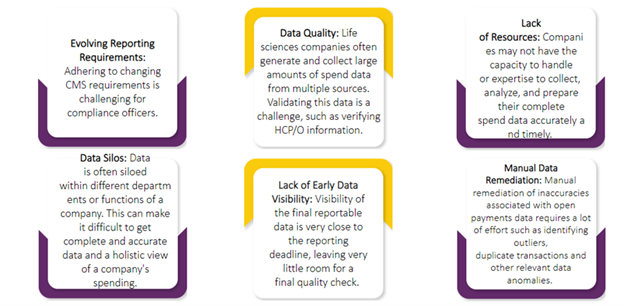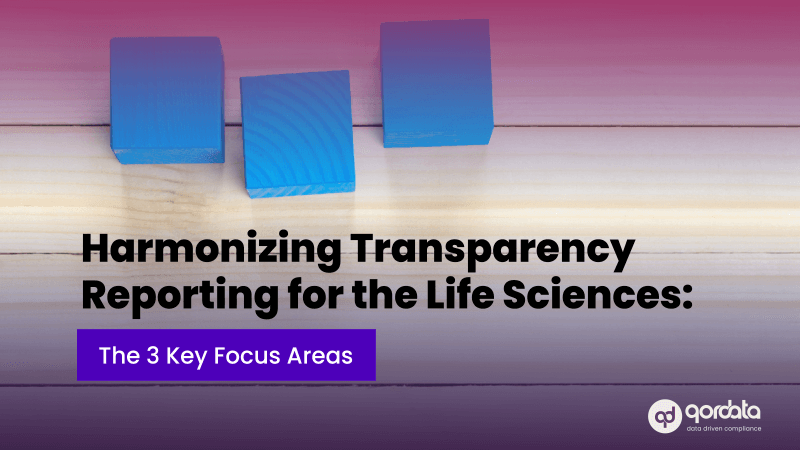Before delving into the mechanics of Sunshine Act reporting, it is useful to reflect on the history and rationale behind this significant piece of legislation.
The Physician Payments Sunshine Act, now known simply as the Sunshine Act, was signed into law by President Barack Obama on March 23, 2010, as part of the Patient Protection and Affordable Care Act (ACA).
The legislation itself was primarily sponsored by Senators Charles Grassley (R-IA) and Herb Kohl (D-WI).
Its goal was to increase transparency in the healthcare sector, particularly around the financial relationships between manufacturers of drugs, medical devices, biologics, and physicians or teaching hospitals.
Concerns about potential conflicts of interest and their implications for patient care and healthcare costs had been mounting for years.
Policymakers believed that by making these relationships public, it would be easier to assess whether they were influencing medical decision-making unduly.
However, Sunshine Act reporting did not happen overnight.
The CMS spent two years after the ACA’s passage soliciting public comment and crafting the final rules.
The first data collection started in 2013, and the initial disclosures were published in September 2014 on a publicly accessible database now known as the Open Payments database.
Since then, this act has created a paradigm shift in the life sciences industry, driving more transparent and ethical practices. With this historical context in mind, let’s delve deeper into the intricacies of Sunshine Act compliance.
How was the Sunshine Act Enacted?
The Center of Medicare and Medicare Services (CMS) supported the mandate set forth by ACA by introducing its Open Payments Program.
Initially, the applicability or implementation of the Sunshine Act reporting requirements seemed challenging.
To resolve such challenges, CMS proposed an Open Payments rule (Sin 2011 which was finalized in February 2013. The final rule was established on Aug 1st – 2013, marking the start date for data capture and Mar 31st, 2014, as the submission deadline.
Mar 31st is still the deadline for Sunshine Act reporting life sciences companies to submit annual reports on the CMS Open Payments website.
Defining Key Concepts of Sunshine Act Compliance
A critical component of Sunshine Act compliance work involves fully understanding the entities subject to Sunshine Act reporting.
There are primarily three categories:
- Applicable manufacturers: These entities produce, prepare, propagate, compound, or convert a drug, device, biological, or medical supply covered by Medicare, Medicaid, or the Children’s Health Insurance Program (CHIP).
- Applicable GPOs: These are organizations that purchase, arrange for, or negotiate the purchase of a covered drug, device, biological, or medical supply.
- Covered recipients: Physicians (excluding residents) and teaching hospitals.
Sunshine Act Reporting Requirements: What Needs to be Reported?
The Sunshine Act dictates the reporting of any ‘transfer of value,’ which it broadly defines as a direct or indirect transfer of anything of value, excluding some specified exceptions like samples intended for patient use.
This could include consulting fees, gifts, food and beverages, travel, education, research, charitable contributions, royalties, license fees, grants, and more.
To read full Sunshine reporting requirements, read the global Sunshine Act reporting requirements listed on this page.
Sunshine Act Reporting Process and Key Timelines
Life sciences companies such as Applicable manufacturers and GPOs must collect and track payment, ownership, and investment data throughout the year.
The CMS provides an annual reporting template to help entities collect the necessary information in a compatible format.
Typically, data submission begins on February 1 and ends on March 31 of the following year.
CMS then reviews, verifies, and prepares the data for publication. During a 45-day review period in the summer, physicians and teaching hospitals can review and dispute the data before it’s published on the CMS website.
Read this blog post: Facts About Open Payments Data in 2024 to get more information on key challenges associated with Sunshine reporting.
The Sunshine Act Reporting Process
The Sunshine Act requires life sciences companies to submit open payment reports to the CMS. To be specific, the transfer of values related to the products that require a prescription, premarket approval, or premarket notification to the FDA are to be reported.
To further elaborate, the Sunshine Act requires reports from:
- Drug, device, biotechnology, and pharmaceutical companies
- Products covered under Medicare, Medicaid, or the Children’s Health Insurance Program (CHIP)
- Group purchasing organizations (GPOs) and physician-owned distributors of medical devices
- Transfer of values or payments made to physicians, dentists, optometrists, podiatrists, chiropractors, and teaching hospitals.
The rule divides payment disclosure into three main categories:
- General Payments: Meals, travel, or payments or ToVs that are not in connection with the research agreement or protocol
- Research Payments: Payments or ToVs made for a formal research agreement or research protocol, such as clinical trials
- Ownership or investment interests: Information of ownership or investment interest that physicians or immediate family members have with reporting entities
These are the payments that are to be reported:
- Direct Payments: Directly paid to covered recipients
- Indirect Payments: Paid indirectly to covered recipients through an intermediary
- Third-Party Payments: Designated by covered recipients to be paid to third parties
Patient education material and product samples are exempted.
Moreover, the law imposes penalties for Sunshine Act non-compliance ranging from $10,000 for each payment the company fails to report.
The penalties and fines can be more severe for intentionally failing to report. State-Level Transparency Laws for Life Sciences
With the federal-level efforts to ensure transparency underway, some individual U.S. states have also enacted adapted and enacted transparency laws with some additional requirements to ensure transparency.
For example, Vermont’s Prescribed Product Gift Ban and Disclosure Law predates the Open Payments Sunshine Act and is broader in scope.
Other U.S. States with Reporting Requirements Similar to the Sunshine Act
- Nevada
- Minnesota
- Massachusetts
- West Virginia
- California
- Washington D.C
- Louisiana
- Connecticut
Some states mentioned above may require payment disclosure reports and recipient categories that are not generally required to report on a federal level.
Navigating Common Challenges Related to Sunshine Act Compliance
Several challenges often arise in Sunshine Act reporting.
For example, the Act’s complex rules can make it difficult to determine what constitutes a ‘transfer of value’ or to identify covered recipients accurately.
Additionally, data collection and reporting may be time-consuming and cumbersome, especially for larger organizations.
A robust compliance program can help navigate these issues.
Start by establishing clear guidelines and processes to identify and track transfers of value and provide ongoing training to ensure staff understand the requirements.
It’s also beneficial to invest in compliance software to automate and streamline data collection and reporting processes.
The Importance of Compliance
Sunshine Act compliance is not just a regulatory requirement—it’s an ethical one.
Transparency in these financial relationships can help to build trust in the healthcare sector, minimize conflicts of interest, and contribute to improved patient care.
Furthermore, failure to comply can lead to significant penalties, including fines of up to $1.15 million for knowing failures to report.
Conclusion
In summary, as a compliance professional, understanding the nuances of the Sunshine Act is essential.
By diligently tracking and reporting transfers of value, your organization not only maintains regulatory compliance but also fosters an environment of transparency and ethical conduct in the healthcare industry.
Remember, compliance is a shared responsibility that requires ongoing vigilance and a proactive approach.
Stay abreast of any changes to the Sunshine Act and its reporting requirements to ensure your organization is always one step ahead.
Other Relevant Reads:





